Unforgettable landscapes, fresh air, clear water and a lively atmosphere make this one of the most popular destinations in Guangdong. The Ecological Belts, commonly called green roads (碧道) by locals, are composite corridors usually built by the side of rivers, lakes, reservoirs and estuaries. They have major functions of ecological protection, culture, leisure and entertainment, and are divided into four types: natural ecological belts, rural ecological belts, town ecological belts, and urban ecological belts.
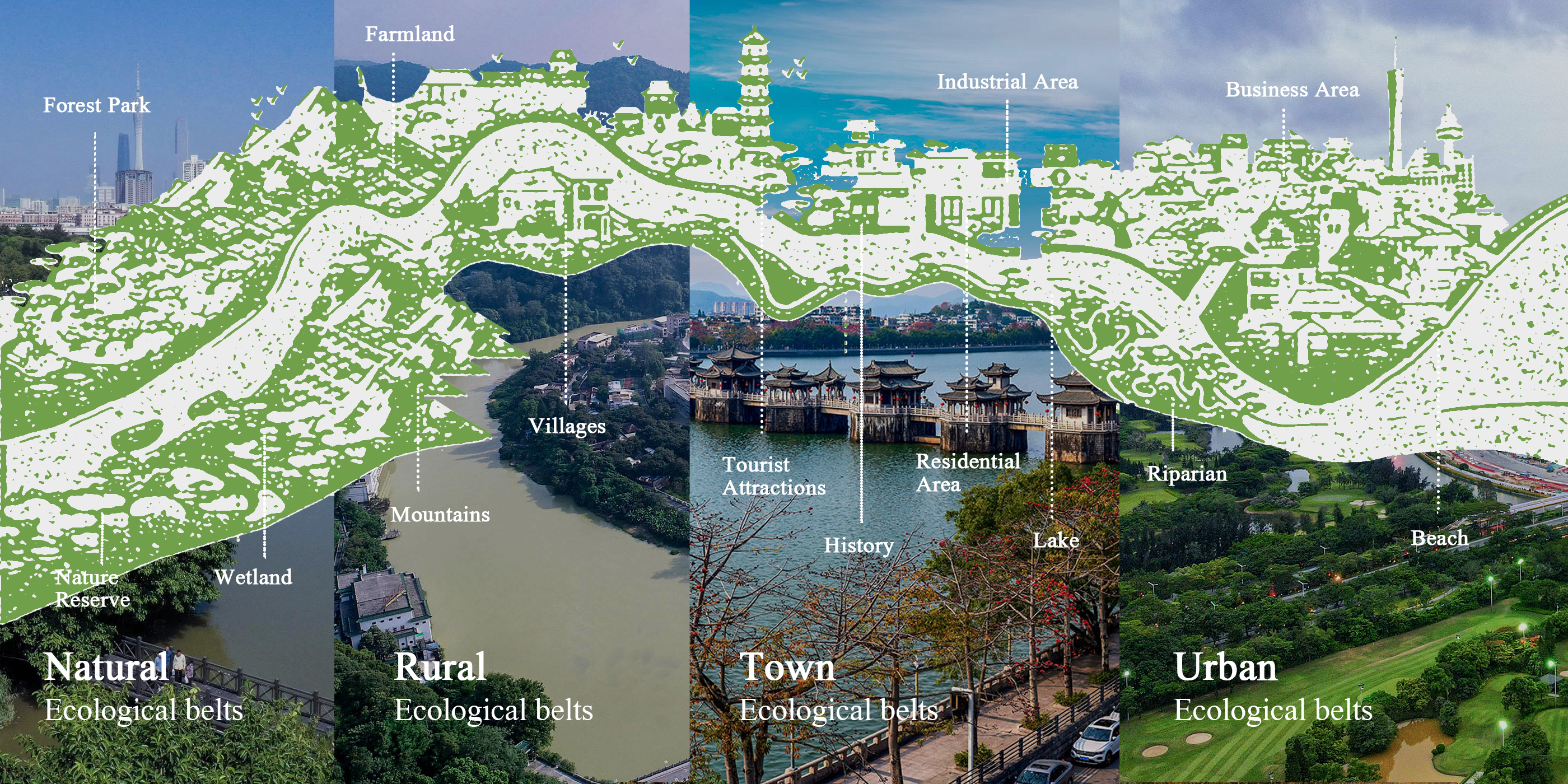
Natural ecological belts: Haizhu Wetland Ecological Belt
The natural ecological belts mainly pass through nature reserves, scenic spots, forest parks, and wetlands, giving full play to the value of natural ecology in aesthetics, popular science, scientific research and other aspects.
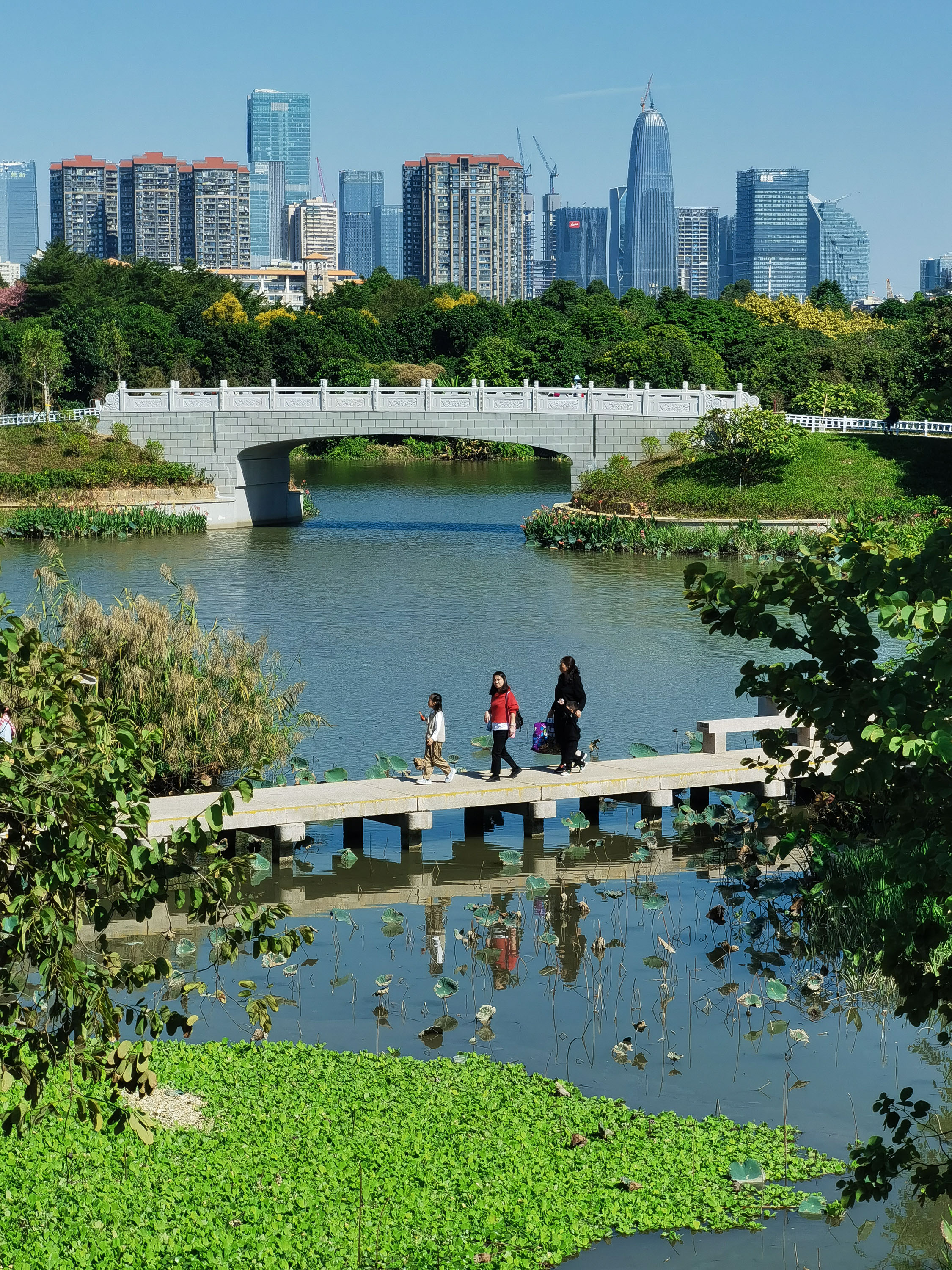
Haizhu Wetland Ecological Belt, as a typical case, is in the beautiful Haizhu Wetalnd Park. You will be captivated by the beauty of natural landscapes in the park. Wetlands, wildflowers, lakes, fantastic insects and boundless green space… Disconnect from the day to day by starting a pleasant excursion in Haizhu Wetland Ecological Belt!
Rural ecological belts: Liuxi River Ecological Belt
Rural belts mainly pass rural settlements and suburban areas. During the construction of such ecological belts, the characteristics of farmland, villages, mountain forests and other landscapes in rural areas will be preserved as much as possible, and manual intervention will be reduced, so as to show the diversity of landscape to tourists.
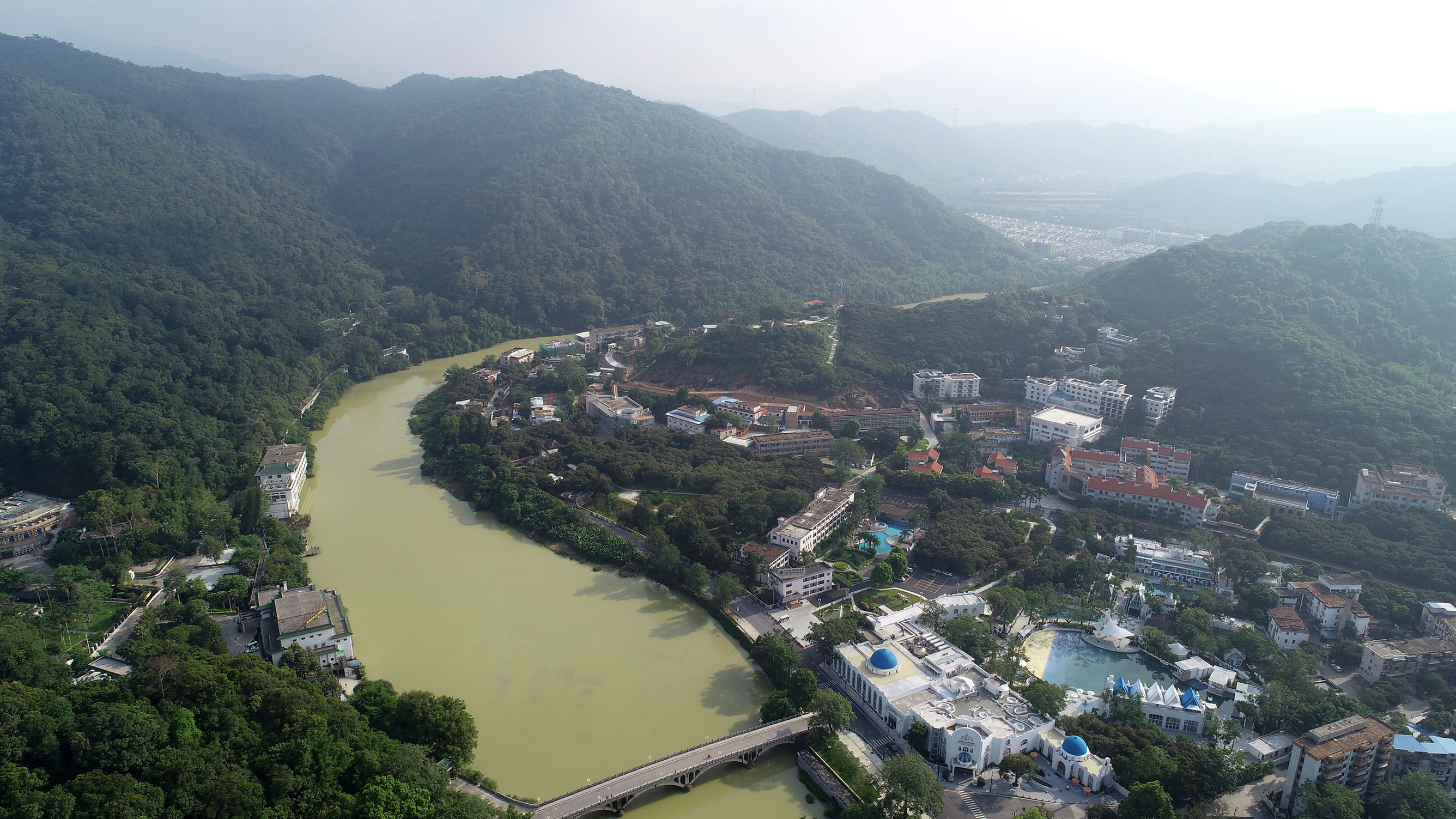
An 8-kilometer road built along Liuxi River in Guangzhou’s Conghua district is a typical case of its kind. It is also known as the famous "hot spring tourism road". The 2019 Guangzhou Conghua Mountain Marathon, cycling competitions, and many other outdoor activities are held on this road. Once on the road, you can cycle to a beautiful smoggy hot spring town, from where you take a warm bath. This tour is ideal if you are traveling to Guangzhou for several days and want to explore the countryside near the city.
Town ecological belts: Hanjiang Ecological Belt
Town ecological belts are located in densely populated towns and small and medium-sized cities. They often highlight regional characteristics, with the functions of improving the ecological environment and stimulating economic development.
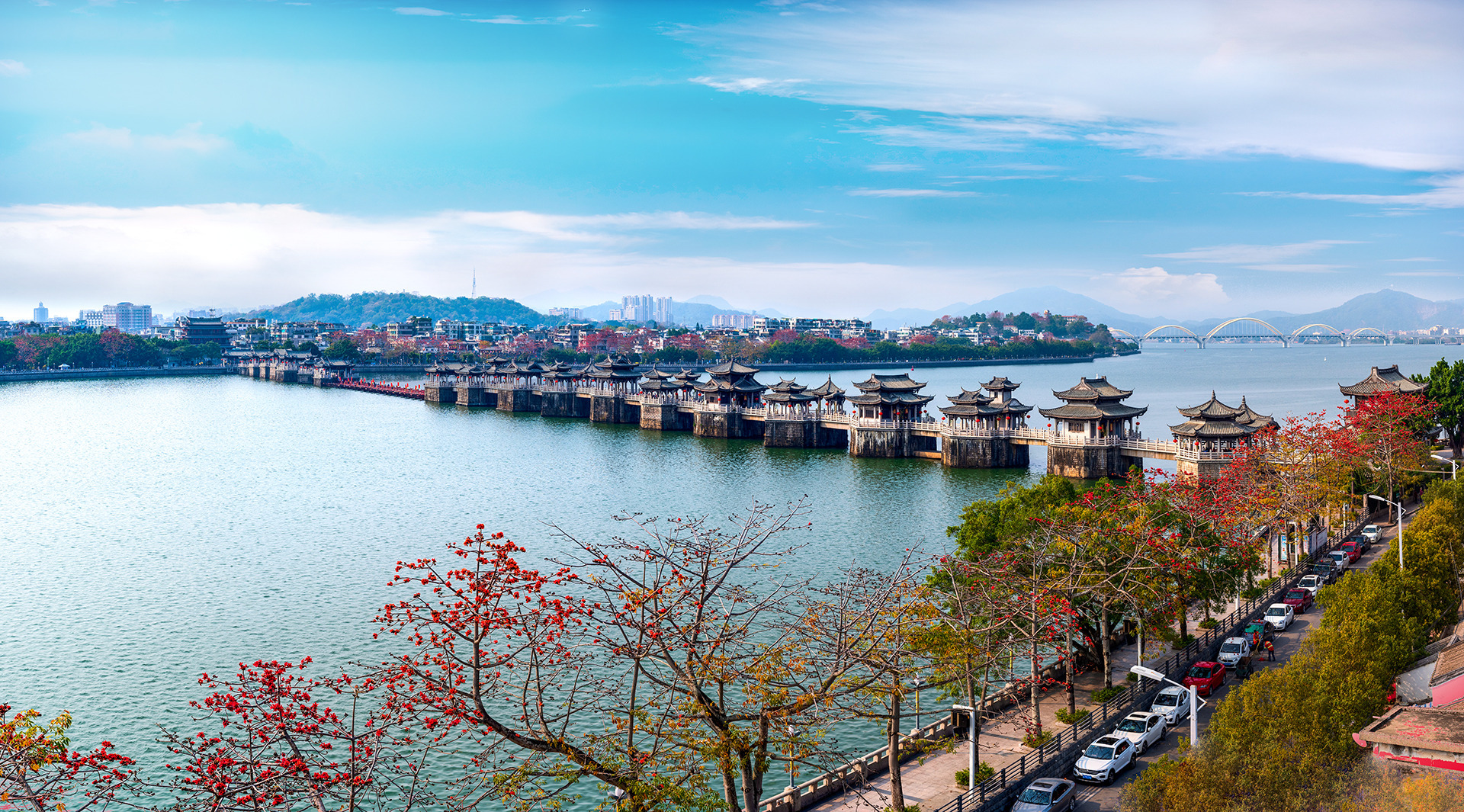
Located in Chaozhou, a city in eastern Guangdong, Hanjiang ecological belt is constructed as a unique historical cultural corridor, exhibiting the customs and historical legends of the Hanjiang River. Over the past three years, it has attracted more new commercial projects, and has driven an average annual increase of 30% in the number of domestic and foreign tourists received by the city.
Urban ecological belts: Dasha River Ecological Belt
Urban ecological belts mainly pass through the central urban areas of large cities. In addition to providing tourism and leisure for residents, such ecological belts can also be a catalyst for the technology industry.
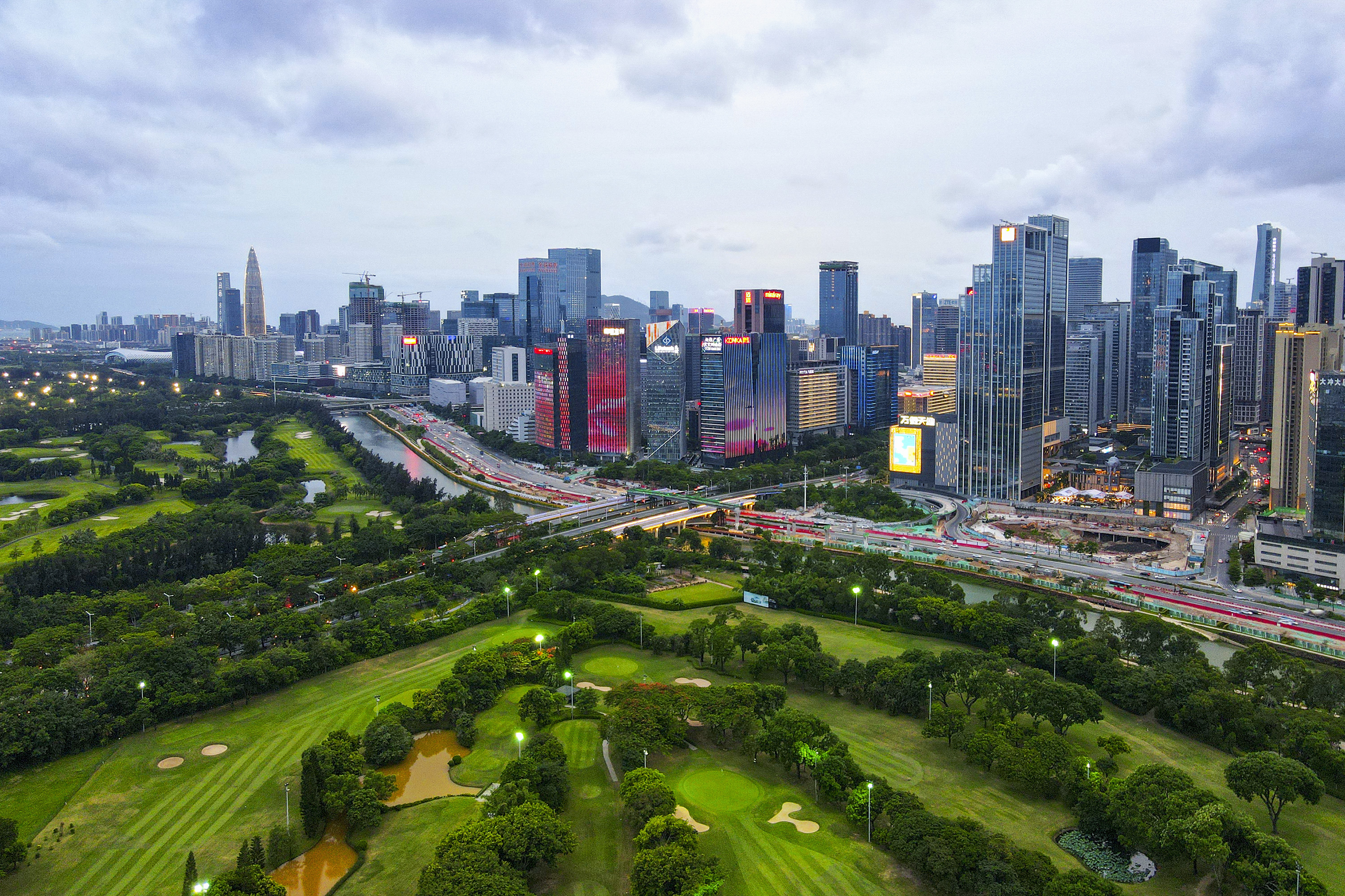
The Dasha River in Shenzhen has been constructed by the ecological belts and has become a famous sightseeing river after comprehensive water treatment. It is called the "Seine" in Shenzhen. Today, the two sides of the ecological belts of Dasha River have attracted many enterprises, such as colleges and universities, scientific research institutes, high-end enterprises, etc. Nanshan District, where Dashahe ecological belts are located, has 172 listed companies and more than 4,000 state-level high-tech enterprises, making it a benchmark for the green economy.
Author | Ariel, Alice
Poster | Alice
Editor | Wing, Nan, Will, Jerry

















